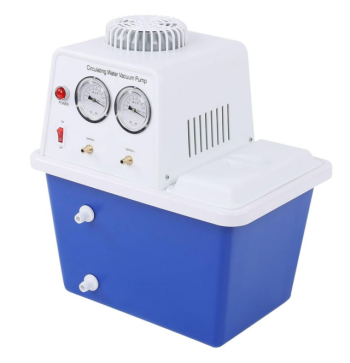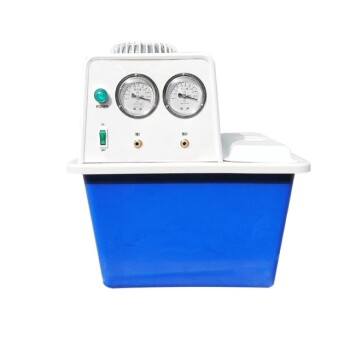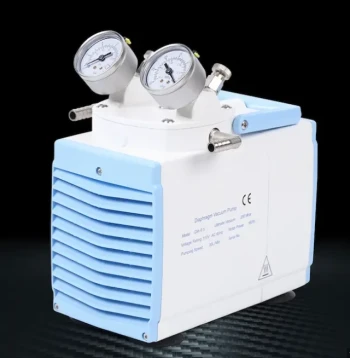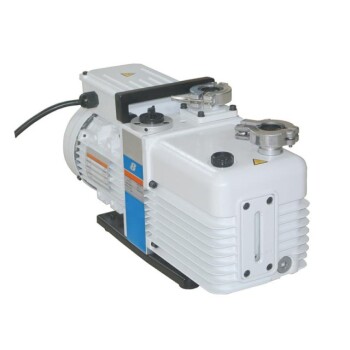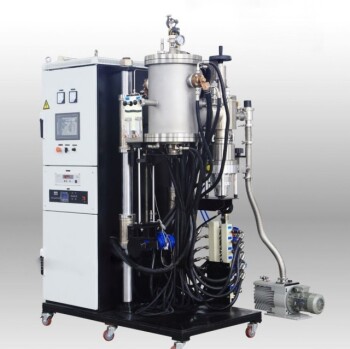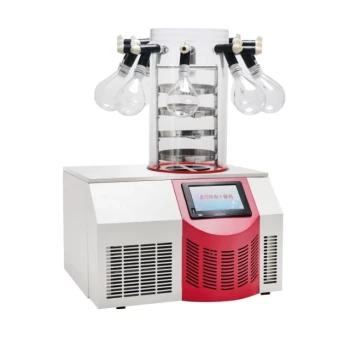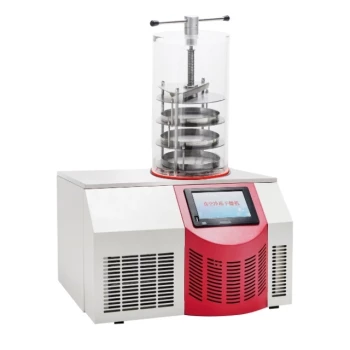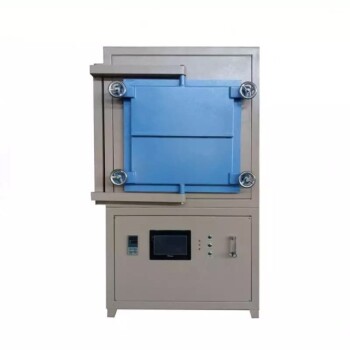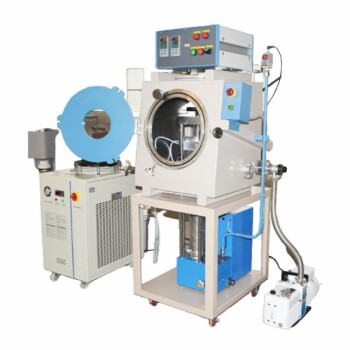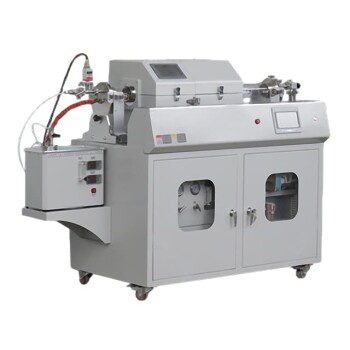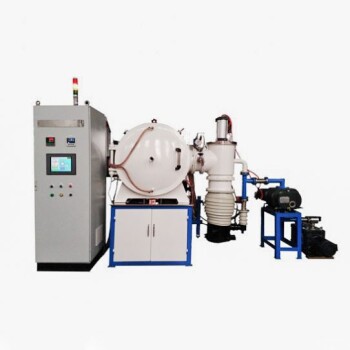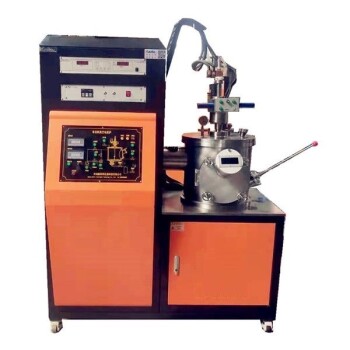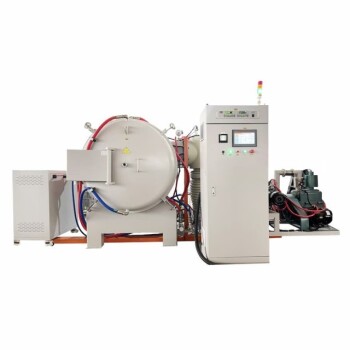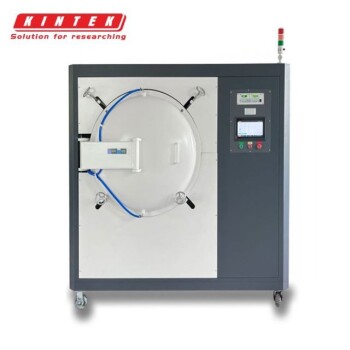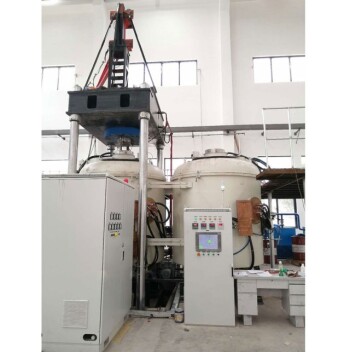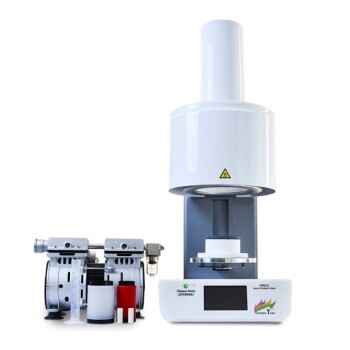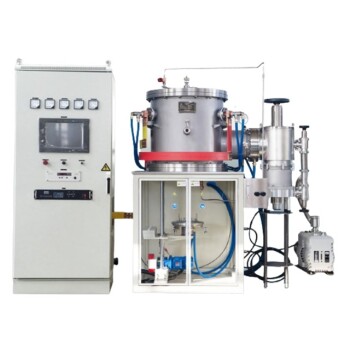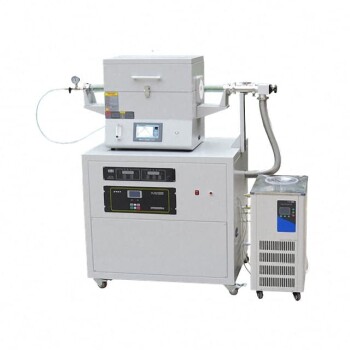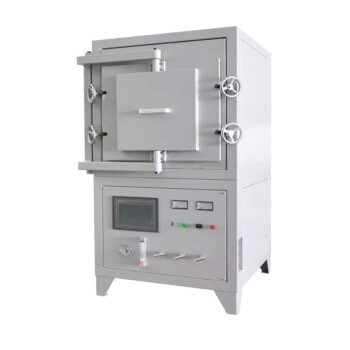At its core, a vacuum pump does not "suck" air out of a system in the way a straw pulls liquid. Instead, it functions by mechanically capturing and removing gas molecules from a sealed space. This removal creates a low-pressure region, and physics dictates that gas from the higher-pressure system will naturally flow into this new, lower-pressure area to equalize the pressure.
A vacuum pump works by creating a pressure differential. It is fundamentally a gas transfer device, pushing molecules from a sealed system to the outside atmosphere, which causes the pressure inside the system to drop.
The Core Principle: It's Push, Not Pull
A common misunderstanding is that a vacuum is a force that actively pulls on things. The reality is based on the natural behavior of gases.
Dispelling the "Sucking" Myth
A vacuum is not a force; it is the absence of pressure. What we perceive as "suction" is actually the higher pressure of the surrounding atmosphere pushing into the low-pressure space. A vacuum pump's job is to create that low-pressure space.
Creating a Pressure Differential
Gas molecules are in constant, random motion and naturally spread out to fill any available volume. They will always move from an area of higher concentration (high pressure) to an area of lower concentration (low pressure) until equilibrium is reached. The vacuum pump leverages this fundamental principle.
The Mechanical Action: Trap and Expel
Most vacuum pumps operate on a positive displacement principle. A rotating mechanism (like a rotor or vanes) inside the pump chamber creates an expanding space connected to the system you want to evacuate. This expansion lowers the pressure, and gas flows in. The mechanism then seals off that pocket of gas, compresses it, and forcibly expels it through an exhaust valve.
The Pump's Cycle in Action
This "trap and expel" process happens in a continuous cycle, with each cycle removing more gas molecules from the system.
Step 1: The Intake Phase
The pump's internal mechanism, such as an eccentric rotor, creates an expanding volume inside the compression chamber. This expansion is what generates the low-pressure region connected to the system via the pump's inlet.
Step 2: Gas Migration
Because the pressure inside the pump's chamber is now lower than the pressure in the connected system, gas molecules from the system flow into the chamber to equalize the pressure.
Step 3: The Compression & Exhaust Phase
The rotor continues its turn, isolating the captured volume of gas from the inlet. It then compresses this gas, increasing its pressure to be higher than the outside atmospheric pressure. This allows a one-way exhaust valve to open and push the captured gas out of the pump.
Step 4: Repetition and Deeper Vacuum
This cycle repeats thousands of times per minute. With each cycle, more molecules are removed from the system, progressively lowering its internal pressure and creating a deeper vacuum.
Understanding the Key Limitations
The effectiveness of this process is not infinite. Understanding the limitations is critical for proper application and troubleshooting.
The Concept of Ultimate Vacuum
A pump cannot create a perfect vacuum (zero pressure) because it can never remove 100% of the gas molecules. The ultimate vacuum is the lowest pressure a pump can achieve, limited by its design efficiency and tiny internal leaks.
Why System Leaks Are Critical
A vacuum pump is trying to remove molecules, while a leak is adding them back in. If the leak rate is equal to the pump's removal rate, the vacuum level will stagnate. This is why ensuring a tight, leak-free seal on your system is often more important than the pump's power itself.
The Need for High-Pressure Ratios
As the vacuum gets deeper, there are far fewer molecules to remove from the system. Expelling these few molecules against the full force of atmospheric pressure becomes very difficult. This challenge is described by the pump's pressure ratio. To achieve very deep vacuums, multistage pumps are used, where one pump stage exhausts into the inlet of a second stage, making the process more efficient.
Making the Right Choice for Your Goal
Understanding this principle helps you diagnose problems and select the right approach for your task.
- If your primary focus is achieving a deep vacuum: Your main concern is eliminating all leaks and potentially using a multistage pump. You are fighting a battle of removing the last few molecules faster than they can leak back into the system.
- If your primary focus is rapid evacuation of a large volume: You need a pump with a high flow rate (measured in CFM or L/min), as your initial challenge is moving a massive number of molecules quickly.
- If you are troubleshooting a poor vacuum: Think in terms of the pressure differential. The issue is either the pump failing to create a low-pressure zone (mechanical failure) or, more commonly, a leak is preventing the system's pressure from dropping (seal failure).
By viewing the vacuum effect as a process of moving gas, you gain a powerful mental model for operating and troubleshooting any vacuum system effectively.
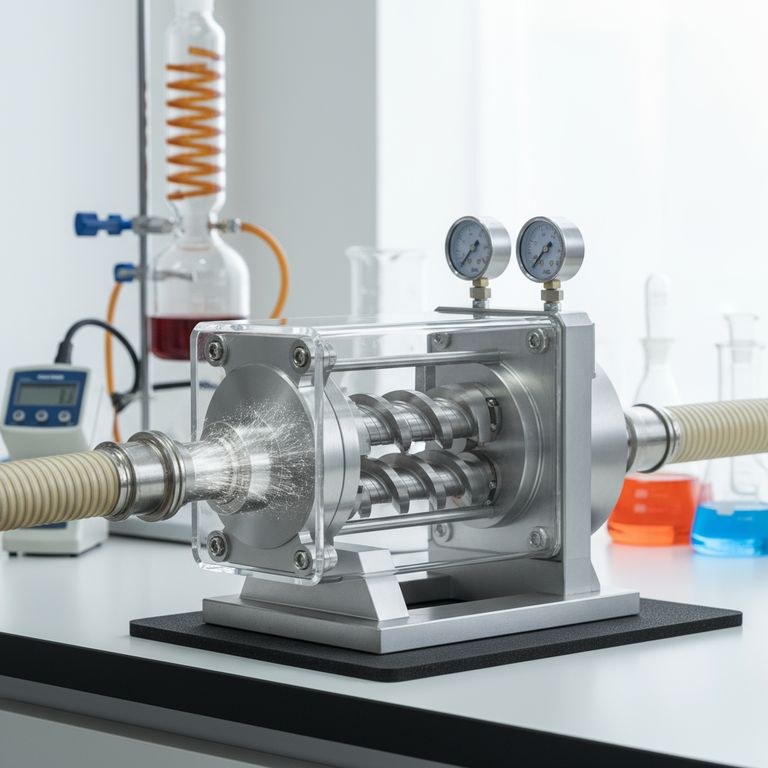
Summary Table:
| Process Phase | Key Action | Result |
|---|---|---|
| Intake | Pump creates an expanding volume. | Low-pressure region forms. |
| Gas Migration | Gas flows from system (high pressure) to pump (low pressure). | Pressure equalization begins. |
| Compression & Exhaust | Captured gas is compressed and expelled. | Molecules are removed from the system. |
| Cycle Repetition | Process repeats continuously. | System pressure drops, creating a vacuum. |
Struggling to achieve the right vacuum for your application? Understanding the core principle of gas transfer is the first step to optimizing your process. The experts at KINTEK specialize in lab equipment, including vacuum systems and pumps, to meet your specific laboratory needs. We can help you select the right pump, diagnose performance issues, and ensure your system operates at peak efficiency. Contact us today to discuss your vacuum requirements and let our expertise work for you. Get in touch via our contact form
Visual Guide
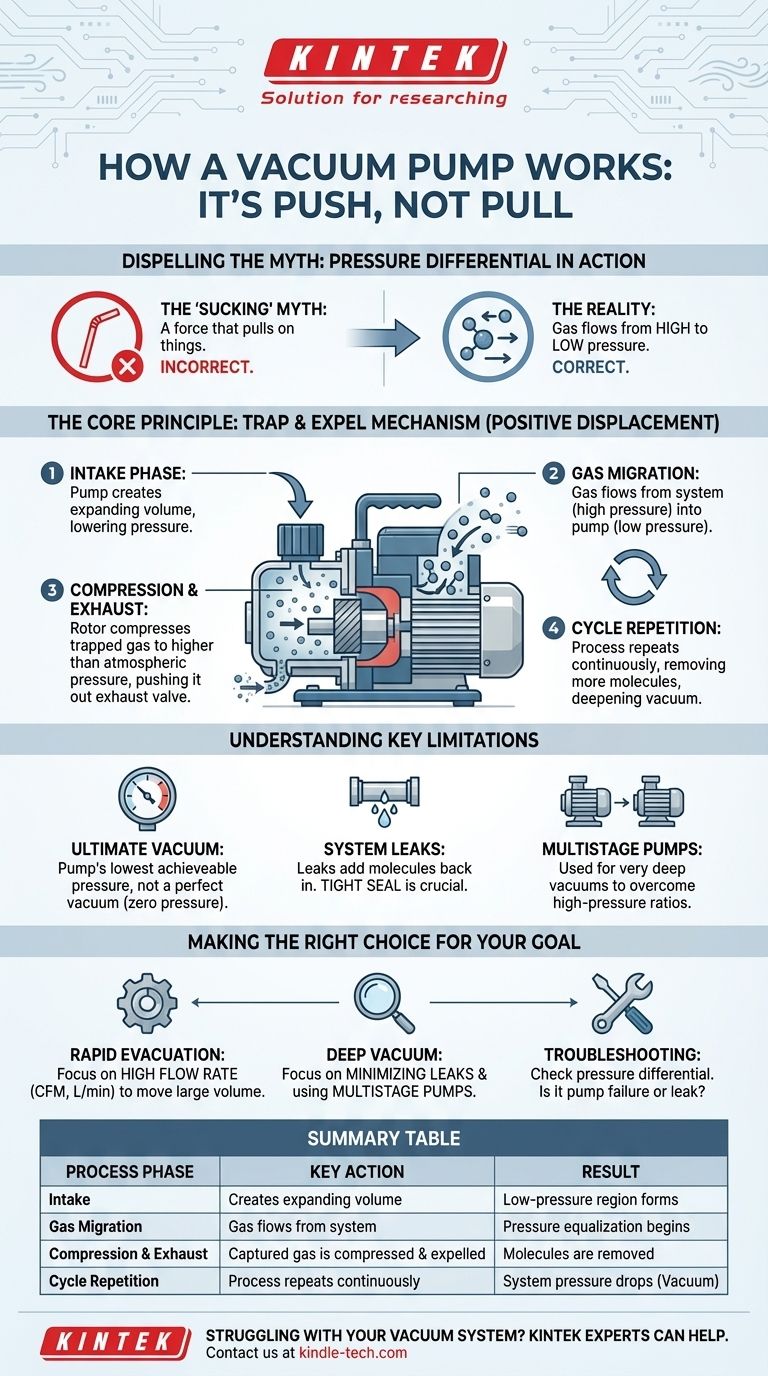
Related Products
- Circulating Water Vacuum Pump for Laboratory and Industrial Use
- Laboratory Benchtop Water Circulating Vacuum Pump for Lab Use
- Oil Free Diaphragm Vacuum Pump for Laboratory and Industrial Use
- Laboratory Rotary Vane Vacuum Pump for Lab Use
- Small Vacuum Heat Treat and Tungsten Wire Sintering Furnace
People Also Ask
- What can I use a vacuum pump for? Powering Industrial Processes from Packaging to Automation
- What are the advantages of a water circulating vacuum pump? Superior Durability for Demanding Lab Environments
- What is the primary function of a vacuum pump? Remove Gas Molecules to Create a Controlled Vacuum
- How is a circulating water vacuum pump utilized for hydrogen production residues? Optimize Your Solid-Liquid Separation
- How does a water circulating vacuum pump operate? Discover the Efficient Liquid Piston Principle
